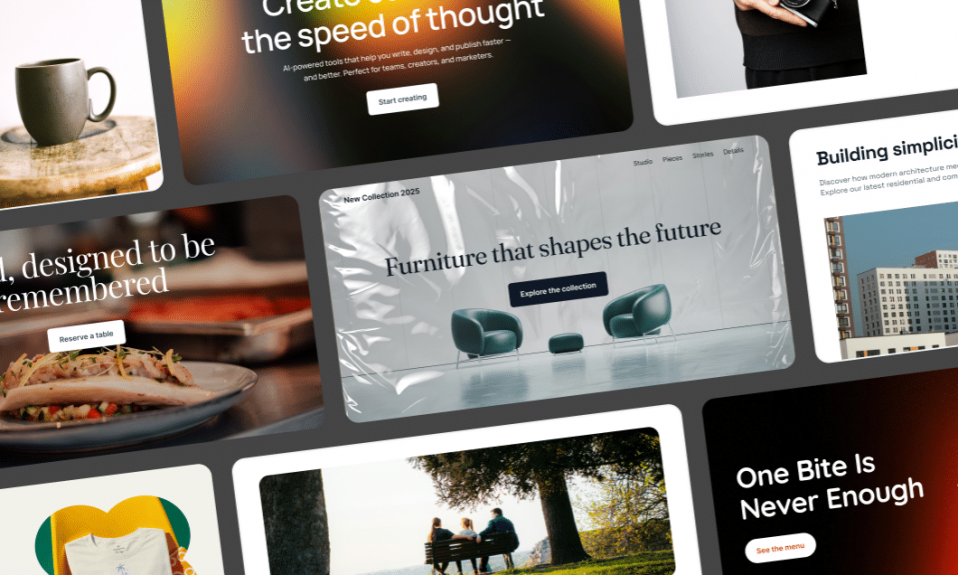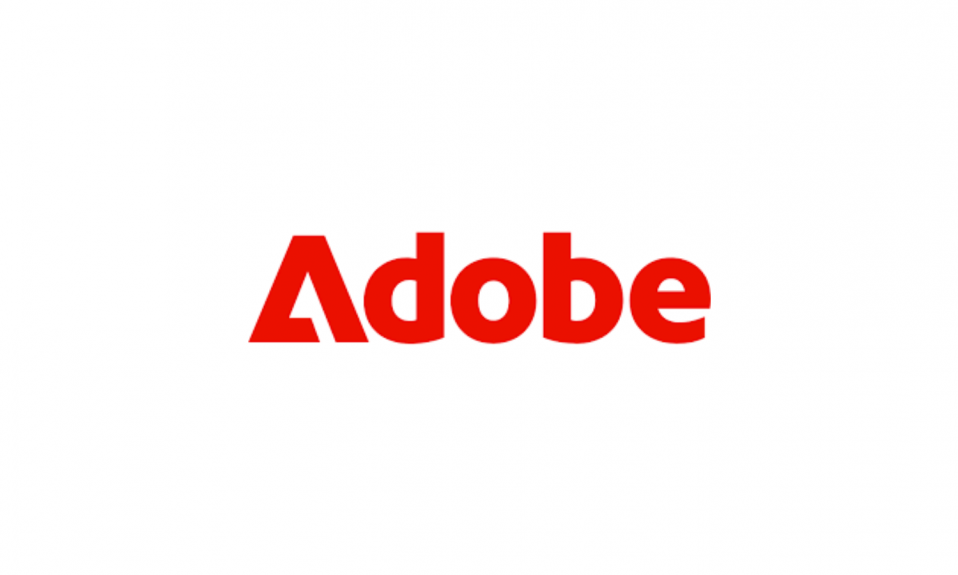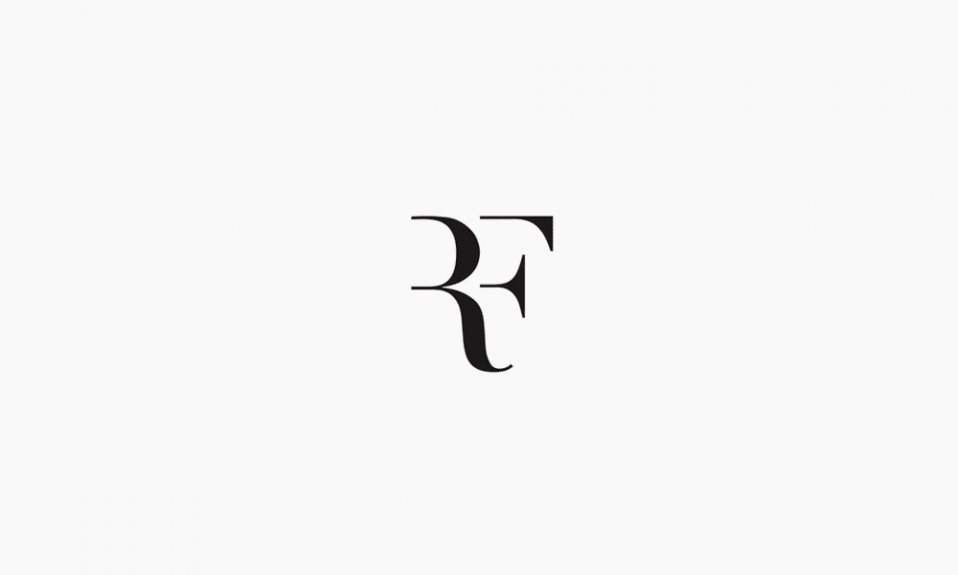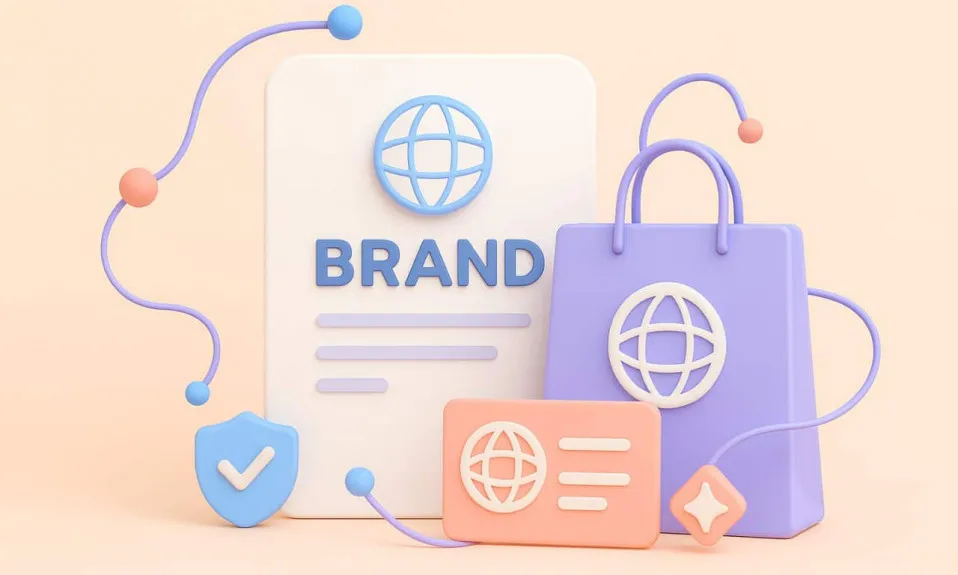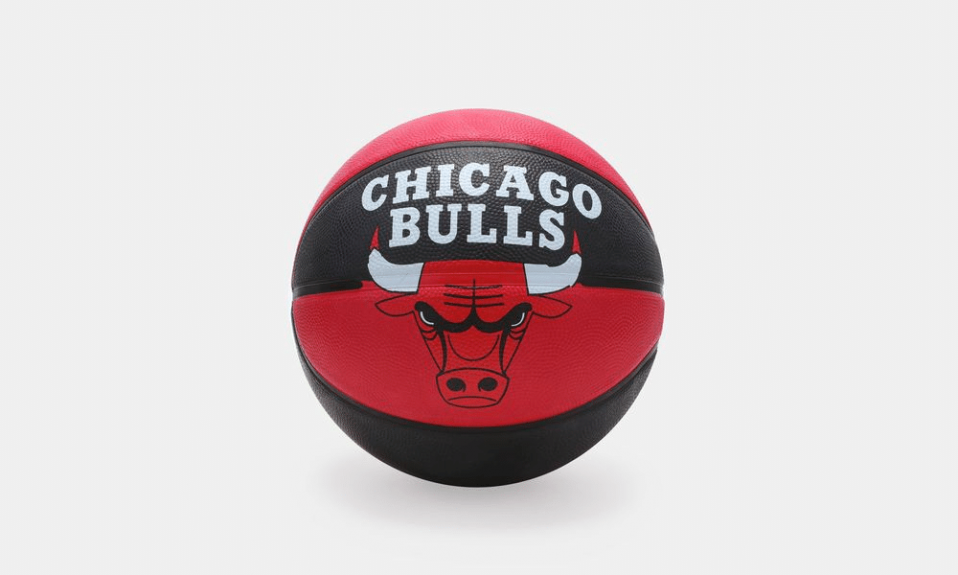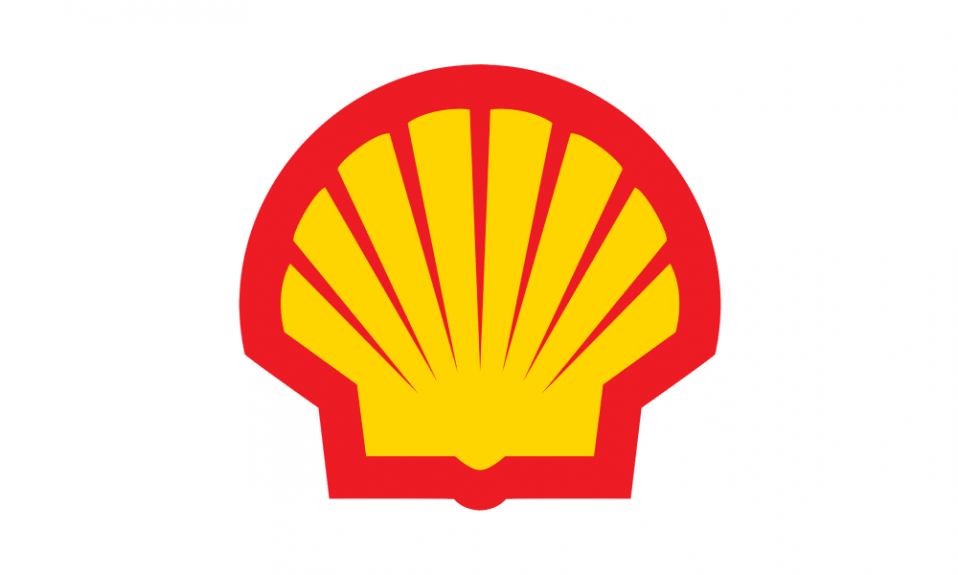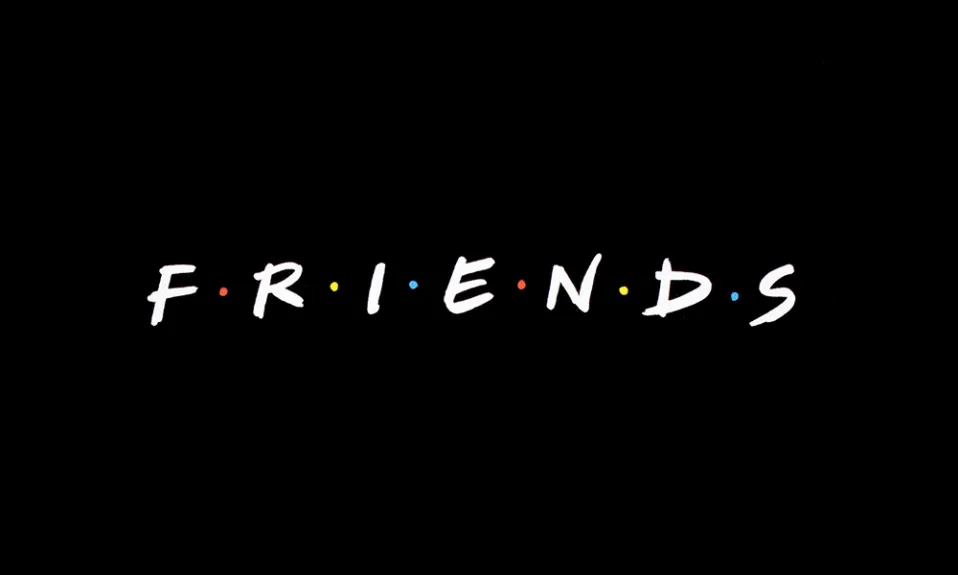A few well-chosen words have the power to alter a company’s trajectory in the realm of branding. Imagine that your logo is a portrait, and the slogan is its voice. What will it say to the world? Behind every successful phrase there is a whole universe of meanings, emotions and promises. Let’s figure out how to create a slogan for a business logo that will not only be remembered, but will become a real weapon in the battle for the hearts of consumers.
Table of Contents
Understanding the Role of Slogans and Taglines
Slogans and taglines serve as strategic branding tools that can change the perception of a company in the market. A good slogan works as a miniature brand story, told in a few words. This is where the question arises: why might a tagline be used in a logo design? Consider Apple’s “Think Different” – these two words not only defined the company’s positioning for decades to come but also seamlessly integrated into their branding, creating a movement and a philosophy that united millions of people around the world.
The role of logo with slogan is multifaceted and can include several key functions:
- Differentiating the brand in the market;
- Conveying a unique selling proposition;
- Creating an emotional connection with the audience;
- Increasing brand memorability;
- Forming company values.
A case in point is Avis’s “We Try Harder” slogan. The company openly acknowledged its second place in the car rental market behind Hertz, but turned that into an advantage by emphasizing its commitment to continuous improvement.
For businesses looking for ideas for a slogan, this approach is a prime example of how embracing a perceived weakness can be transformed into a powerful message. This slogan not only helped Avis stand out from its competitors, but also became an internal motivator for its employees.
An effective slogan needs to strike a chord with people inside and outside of the company. For example, Google’s internal motto “Don’t be evil” has become the company’s unspoken code of ethics and has influenced many important decisions in the corporation’s history. Much like a logo, a motto serves as a powerful symbol of a company’s identity and values.
Craft a Descriptive or Emotive Tagline for Logo
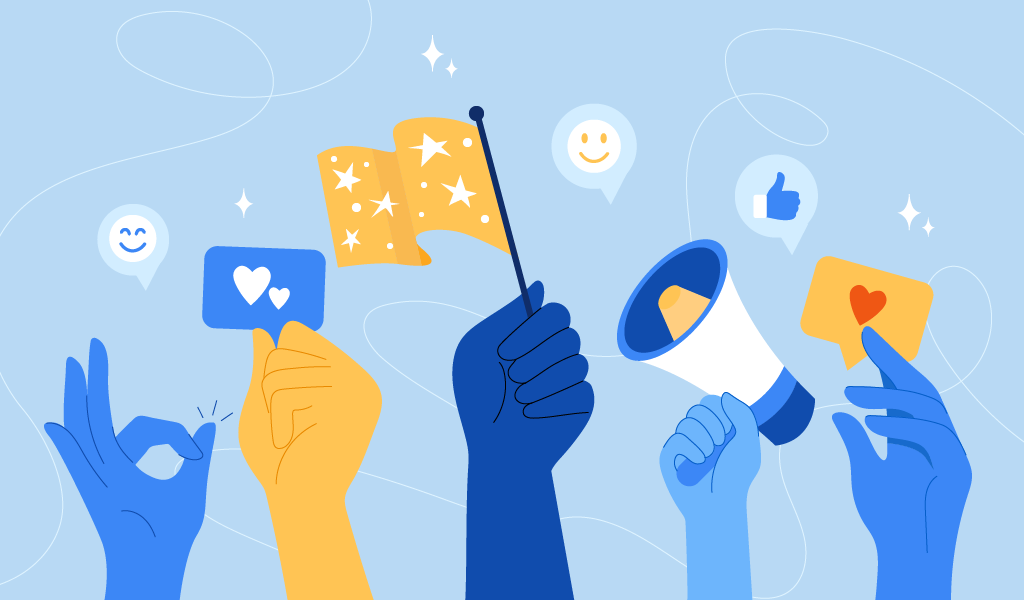
When creating a slogan, it is important to make a strategic choice between a descriptive and an emotional approach. If you’re wondering what my slogan should be, it’s worth considering that sometimes a successful combination of both approaches is possible. Descriptive slogans focus on specific benefits of a product or service, while emotional slogans create a certain mood or feeling.
Examples of successful descriptive logo slogans:
- BMW – “The Ultimate Driving Machine” (clearly describes the superiority of the product);
- FedEx – “When It Absolutely, Positively Has To Be There Overnight” (specific service promise).
Examples of different emotional slogans:
- L’Oréal – “Because You’re Worth It” (appeals to self-esteem);
- Nike – “Just Do It” (inspires action).
There are several factors to consider when choosing an approach:
- Industry specifics (technical products often require a descriptive approach);
- Target audience (youth brands are more likely to use emotional slogans);
- Stage of the product life cycle (new products may require a more descriptive approach);
- Competitive environment (opportunity to stand out from the competition).
It is crucial to keep in mind that the selected strategy needs to be consistent with the brand’s overall marketing plan and stay applicable throughout time. Elements like the company name, logo, tagline, or slogan should work together seamlessly to reinforce the brand’s identity. For example, the American Express slogan “Don’t Leave Home Without It” successfully combines practical necessity with emotional dependence on the product.
Avoid Overcomplicating with Excessive Length

Brevity in creating a slogan is not just a recommendation, but a critical rule that determines its effectiveness. When considering how long a slogan should be, research shows that the ideal length is no more than 4-7 words. Adidas, with the simple “Impossible is Nothing” proved that a short slogan can inspire millions.
Long, wordy constructions create several significant problems:
- First, they are harder to remember and reproduce.
- Second, a long slogan is more difficult to integrate into various advertising formats, especially in today’s digital media, where space is often limited.
- Third, wordiness often blurs the main message, making it less effective.
However, brevity should not be achieved at the expense of meaning. Coca-Cola’s “Open Happiness” slogan is a great example of how to create an emotional connection and convey a positive message in just a few words. Yet, when crafting a slogan, one might wonder how long a slogan can be while still maintaining its impact.
It is important to remember that even a short slogan should be the result of careful analysis and many iterations, not the first phrase that comes to mind.
Explore Multiple Applications for Logos with Slogans

The versatility of a slogan is a key factor in its success in modern multichannel marketing.
An effective slogan should work equally well at all points of contact with the audience: from traditional print advertising to social networks and mobile applications.
McDonald’s “I’m Lovin’ It” is a great example of such versatility. This slogan sounds equally effective in radio advertising, looks good on packaging, works in social media hashtags and fits organically into any advertising format. Moreover, its musical interpretation has become an integral part of the company’s identity.
When developing a tagline for a business logo, it is important to test its performance in various contexts. The slogan should be easily scalable for use on billboards, where it will be read in a split second, and also work effectively in long videos. For example, the Mastercard slogan “There are some things money can’t buy. For everything else, there’s MasterCard” successfully adapts to any format, preserving its semantic load even in a shortened version.
Beyond just the verbal message, what does a slogan look like? Modern brands also need to consider how their tagline will look in the digital environment – how suitable it is for use as a hashtag, how it sounds in voice searches, and how easily it can be integrated into online advertising.
Pay Attention to Font Pairings and Readability

Typography in a slogan is not just a matter of aesthetics, but an important communication tool. Thinking about a company logo with a slogan as a combined element, a well-chosen font enhances the message of the slogan and makes it more memorable. Coca-Cola, for example, uses its signature font Spencerian Script for a reason – it has become so recognizable that it works as an independent branding element.
When choosing a font, within the context of the brand logo and slogan, there are several key points to consider. First, it should be legible at any scale – from a small business card to a large billboard. Second, the font should harmonize with the logo design, creating a unified visual composition. Nike, for example, uses a simple, clear font for its “Just Do It” that pairs well with the dynamic swoosh symbol.
Want to see how your slogan will look on a logo? Discover unbounded possibilities for creativity with Turbologo and find the perfect balance between minimalism and messaging. Our AI-powered tool will help you visualize different font combinations and make an informed decision about your brand’s visual identity.
Don’t Add a Slogan to your Logo Without Purpose

Adding a tagline to logos thoughtlessly can do more harm than not adding one. Every word should be meaningful and work towards the overall concept of the brand. Conduct a thorough analysis of the appropriateness of the tagline, asking critical questions about its role in brand communication.
Modern consumers are skeptical of empty promises and loud statements, so it is important to create taglines that truly resonate with the audience. Your tagline should reflect the real benefits and character of the brand, and not just be a beautiful set of words.
Research shows that more than 60% of consumers lose trust in a brand if its tagline does not correspond to the real experience of interaction with the product or service. Therefore, each word in the tagline should be carefully verified and supported by real actions of the company.
One of such bandwagon slogans is “Melts in Your Mouth, Not in Your Hands” (M&M’s), which clearly describes the unique benefit of the product.
Aim for Timelessness in Your Slogans and Taglines

Creating a timeless slogan is the art of balancing relevance and longevity, where careful consideration is necessary to achieve lasting impact. Avoid buzzwords and slang, tying into specific trends, and overly specific references. Instead, focus on universal human values and emotions.
Classic examples show that the most successful slogans remain relevant for decades due to their simplicity and depth of meaning. Think about how your slogan will be perceived in 5, 10, or even 20 years. Marketing history is full of examples of slogans that seemed trendy but became outdated within a few months, while simple and sincere messages continued to resonate with the audience for years.
Here are some examples of timeless slogans in logos:
- “Because You’re Worth It” (L’Oréal) – touches on the eternal theme of self-worth;
- “Finger Lickin’ Good” (KFC) – a simple and clear idea that has worked for decades.
- “Maybe She’s Born With It. Maybe It’s Maybelline.” (Maybelline) – Plays on the idea of natural beauty, making it aspirational yet relatable.
Does Your Logo Truly Need a Slogan?

Do I really need a slogan for my business? This question requires an honest and pragmatic approach. Current trends show that many successful brands are abandoning slogans from logos in favor of minimalist design. Here are some things to think about before you mix your logo with a tagline:
- How self-sufficient is your logo?
- Is the positioning clear without additional words?
- Does the slogan overload the visual composition?
In some cases, the absence of a slogan can be a more effective solution, especially if your logo already contains a strong visual message. An analysis of successful rebrandings in recent years shows that about 40% of companies that abandoned slogans in favor of minimalist design noted an improvement in the perception of the brand by the target audience.
Remember that it is better to have no slogan in logo design at all than to use a mediocre one. The following companies confirm this thesis:
- Mercedes-Benz – the three-pointed star speaks for itself;
- Instagram – a minimalist camera icon that has become world famous;
- Shell – the shell-shaped emblem is as recognizable as the company name.
This demonstrates that the decision to use the treasured phrase should be based on the specifics of the brand, its history and the ability of the brand’s business logo and slogan to work together, or for the logo to independently convey the key message.

SEO specialist, link builder, and blog editor at Turbologo. Writing insightful content about marketing, design, and branding. Sharing practical tips on building and promoting brands online.


